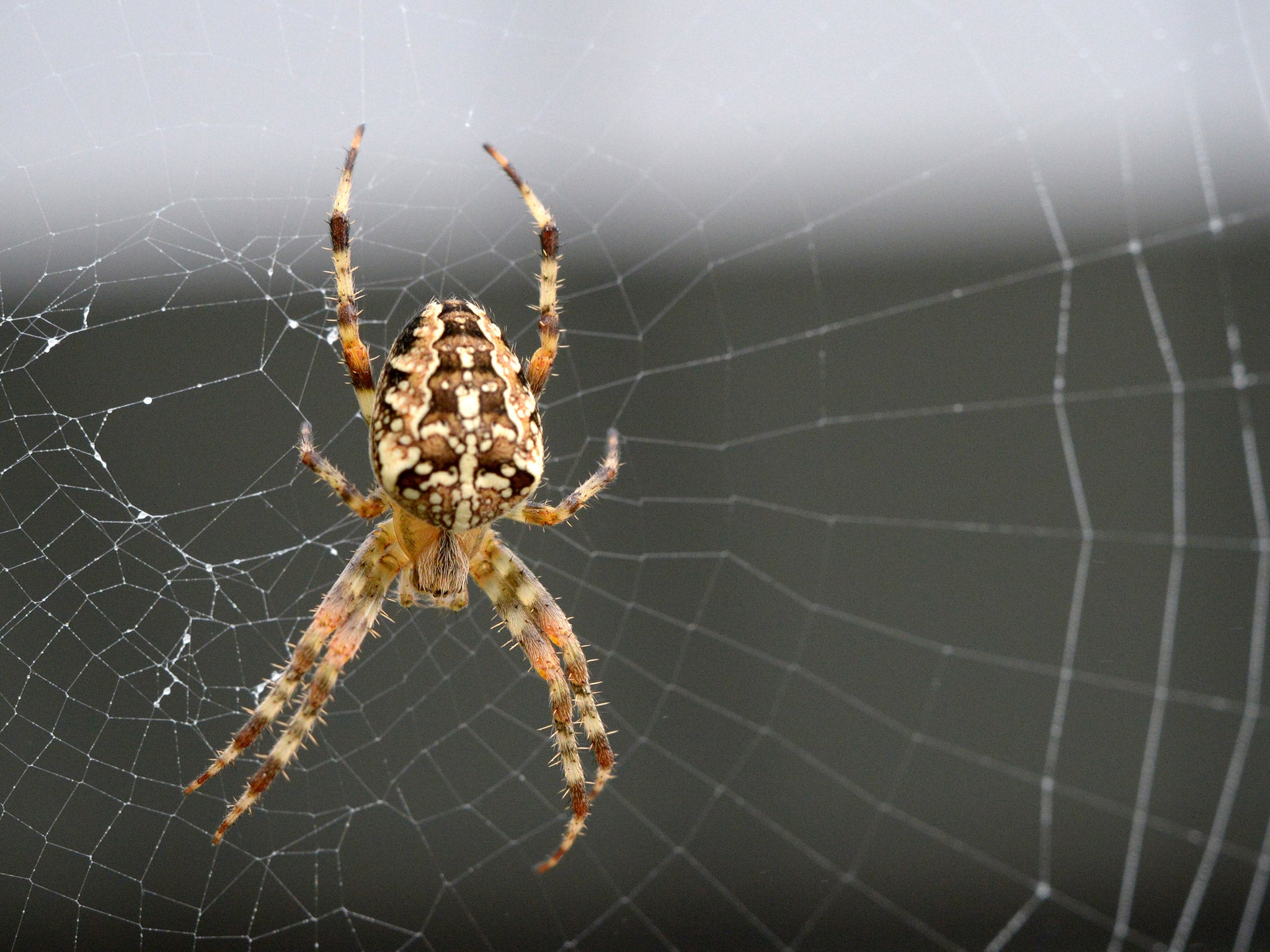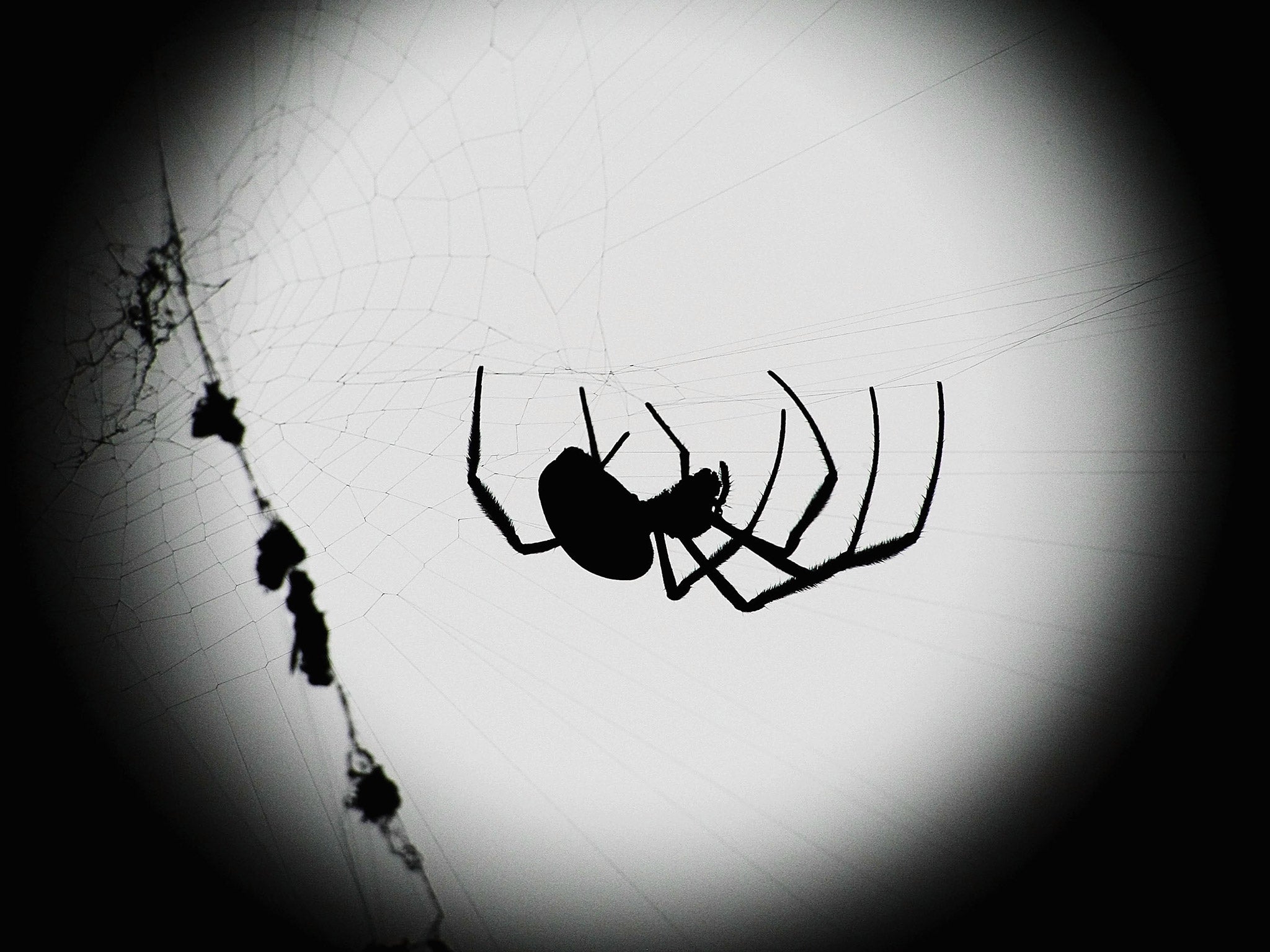Your support helps us to tell the story
From reproductive rights to climate change to Big Tech, The Independent is on the ground when the story is developing. Whether it's investigating the financials of Elon Musk's pro-Trump PAC or producing our latest documentary, 'The A Word', which shines a light on the American women fighting for reproductive rights, we know how important it is to parse out the facts from the messaging.
At such a critical moment in US history, we need reporters on the ground. Your donation allows us to keep sending journalists to speak to both sides of the story.
The Independent is trusted by Americans across the entire political spectrum. And unlike many other quality news outlets, we choose not to lock Americans out of our reporting and analysis with paywalls. We believe quality journalism should be available to everyone, paid for by those who can afford it.
Your support makes all the difference.Scientists at MIT have got one step closer to harnessing the power of spider silk by using 3D printing to analyse its structure.
By combining both virtual and physical techniques, the researchers were able to model webs of differing designs and thread thickness, based on the orb-web spider, to uncover the effects on strength and stability.
The first interesting revelation is that spider webs are spun to catch a specific, anticipated kind of prey using the bare minimum amount of material. There are patterns, each with delicate load points and failure mechanisms, to maximise the yield of nutrition at the least cost of the spider’s energies.

For example, webs constructed from uniform thread diameters were far stronger in the face of single point impacts such as would be the case when capturing something like a fly. Those spun from more mixed fibres were better at cushioning the blow from multiple, simultaneous pressures such would happen during rain storms and in windy conditions.
“Spider silk is an impressive and fascinating material,” said Professor Jennifer Lewis, part of the team behind the work. “But before now, the role of the web architecture had not yet been fully explored.”
The creation of these synthetic webs, combined with the computer modelling, made a study of their geometry possible on a scale at which simply wouldn't have been possible if relying on natural threads from spiders in the lab.
The hope is that what the researchers have learned can be put into use in engineering on a human scale.
“Biological materials and structures are the new frontier of engineering,” commented Marc Meyers, a professor of mechanical and aerospace engineering at the University of California at San Diego.
This most recent significant contribution goes beyond the first stage, which is to understand nature, and make significant inroads into creating a bio-inspired structure.”

Join our commenting forum
Join thought-provoking conversations, follow other Independent readers and see their replies
Comments